
Feilaisi Temple in Shizong County, Qujing
Location and Description
Feilaisi Temple (飞来寺) is situated in the southeast corner of Zhengyi Mountain (正乙山) in Douwen Village, Longqing Township, Shizong County (师宗县), Qujing (曲靖). This mountain stands majestically and steeply, dominating the landscape with its grandeur. Inside the mountain, lush greenery and clusters of purple bamboo create a picturesque setting, enhanced by the vines hanging from ancient trees behind the temple, resembling jade curtains that sway gently in the breeze.
Overview
The temple is constructed along the mountain slope, facing northwest, allowing it to overlook the surrounding countryside. It features a series of structures along the central axis, including the mountain gate, Zisun Hall (子孙殿), Guansheng Hall (关圣殿), and Haichao Hall (海潮堂). The temple’s architecture covers an area of approximately 1,500 square meters, showcasing varying heights and harmonious arrangements of buildings, stones, and trees.
Historical Significance
According to the book “Yunnan Temples and Towers” (云南寺庙塔窟) published by Yunnan Science and Technology Press in 1996, Feilaisi was established in the 42nd year of the Ming Dynasty’s Wanli era (公元1614年), making it 388 years old. Legend has it that the original site was intended to be one kilometer away at a foul-smelling well. However, after a stormy night, the construction materials mysteriously relocated to the current site, leading the monks to interpret this as a divine sign. Thus, it was named “Feilaisi,” meaning “Temple of Arrival.”
Architectural Features
The Haichao Hall, located at the highest point of the temple, features a naturally formed stone canopy that covers the back half of the main hall. The hall’s design incorporates stone walls, wooden structures, and intricate carvings. Inside, the hall houses a large wooden clock tower with two bronze bells donated by a villager named Li Yangzheng from Douwen Village. The temple is adorned with a plaque from the Kangxi era inscribed with “Zhenyi Xianjing” (镇邑仙境), showcasing exquisite calligraphy.
Surroundings and Spiritual Atmosphere
The temple offers a tranquil environment, ideal for relaxation, contemplation, and creative pursuits for poets and artists. Visitors have left behind couplets reflecting their spiritual experiences, such as “Heaven’s grace descends from all directions; the people’s prayers bring blessings to all.”
Cultural Significance
Feilaisi Temple embodies the integration of Buddhism, Taoism, and Confucianism, resonating with the rulers’ ideals of governance through these philosophies. The temple has faced numerous challenges throughout history, including destruction during the Miao Rebellion and other tumultuous events. Nevertheless, restoration efforts have revived its former glory, attracting increasing numbers of pilgrims and visitors.
How to Get There
Feilaisi Temple can be accessed via local transportation options such as buses or taxis from Qujing city. The journey takes approximately one hour. Once in Shizong County, follow signs to Longqing Township and then to Douwen Village.
Travel Tips
- Best Time to Visit: Spring and autumn offer the most pleasant weather.
- Bring Water and Snacks: Although there may be local vendors, it’s advisable to carry your own supplies.
- Respect Local Customs: Be mindful of the spiritual significance of the temple; dress modestly and observe silence in worship areas.
- Stay Hydrated: The temple’s altitude can cause dehydration; drink plenty of water during your visit.
- Photography: Capture the stunning scenery, but remember to ask for permission when taking pictures of worshippers.
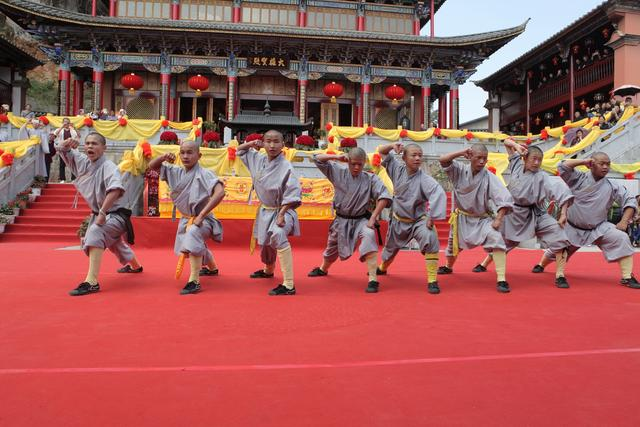
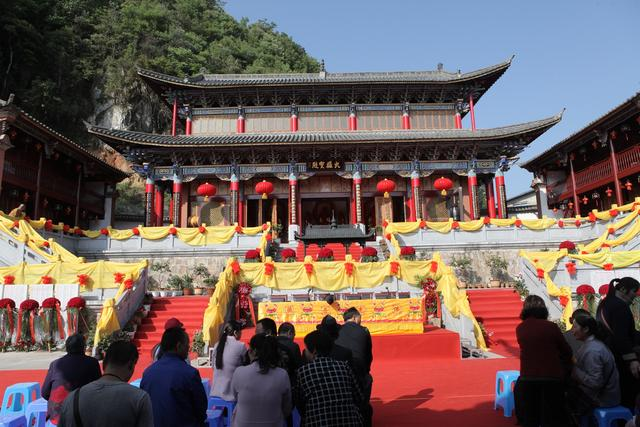
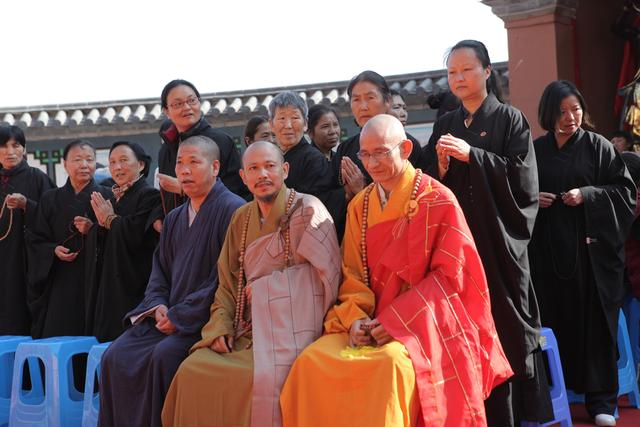
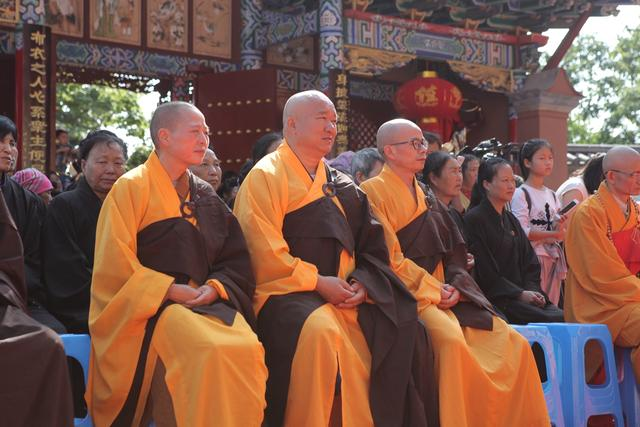
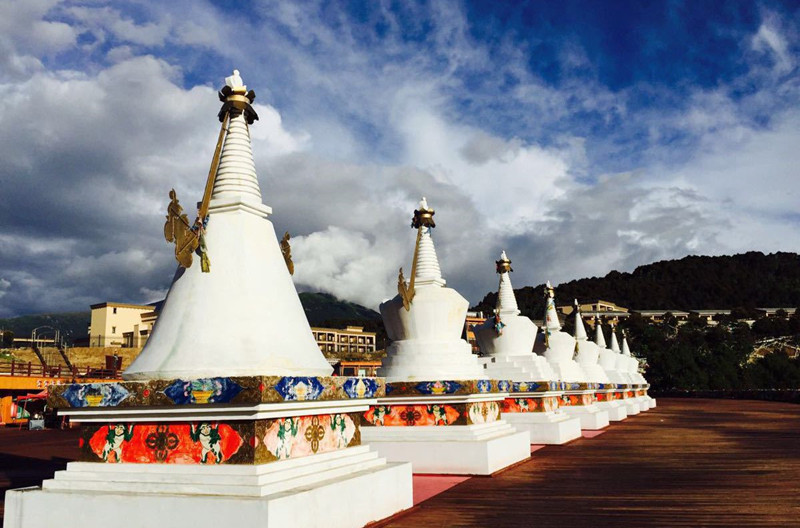
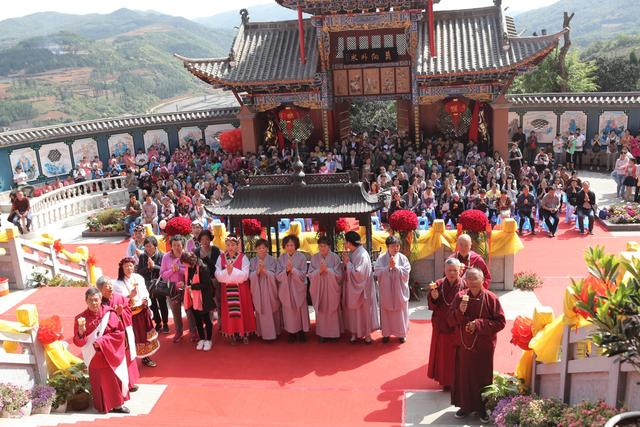
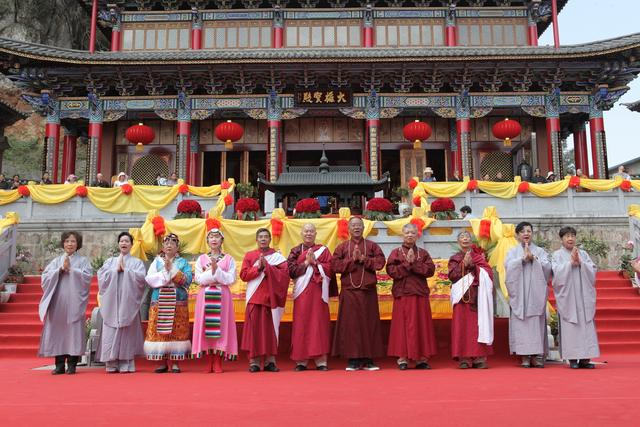
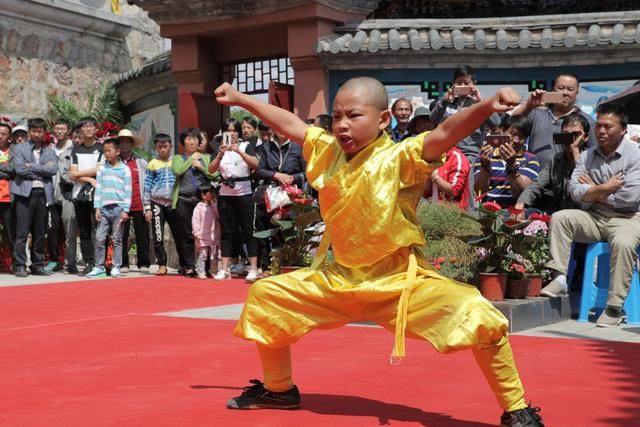
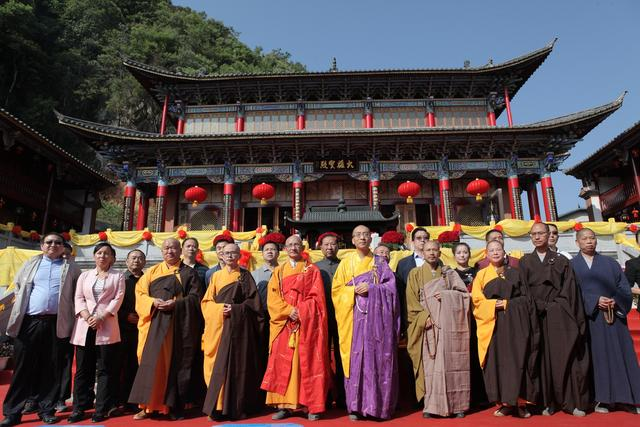
Location:

 7 Days GolfingTour
7 Days GolfingTour
 8 Days Group Tour
8 Days Group Tour
 8 Days Yunnan Tour
8 Days Yunnan Tour
 7 Days Shangri La Hiking
7 Days Shangri La Hiking
 11 Days Yunnan Tour
11 Days Yunnan Tour
 6 Days Yuanyang Terraces
6 Days Yuanyang Terraces
 11 Days Yunnan Tour
11 Days Yunnan Tour
 8 Days South Yunnan
8 Days South Yunnan
 7 Days Tea Tour
7 Days Tea Tour
 8 Days Muslim Tour
8 Days Muslim Tour
 12 Days Self-Driving
12 Days Self-Driving
 4 Days Haba Climbing
4 Days Haba Climbing
 Tiger Leaping Gorge
Tiger Leaping Gorge
 Stone Forest
Stone Forest
 Yunnan-Tibet
Yunnan-Tibet
 Hani Rice Terraces
Hani Rice Terraces
 Kunming
Kunming
 Lijiang
Lijiang
 Shangri-la
Shangri-la
 Dali
Dali
 XishuangBanna
XishuangBanna
 Honghe
Honghe
 Kunming
Kunming
 Lijiang
Lijiang
 Shangri-la
Shangri-la
 Yuanyang Rice Terraces
Yuanyang Rice Terraces
 Nujiang
Nujiang
 XishuangBanna
XishuangBanna
 Spring City Golf
Spring City Golf
 Snow Mountain Golf
Snow Mountain Golf
 Stone Mountain Golf
Stone Mountain Golf



















